Challenge your students’ powers of deduction to determine which of four suspects committed several different burglaries. This can be an especially good module to do as the closing activity of Science Club sessions that included mystery powders or ink chromatography. However, those prior activities aren’t necessary for a satisfying experience.
This module is low cost and easy to run as long as you have a volunteer for each station. However, it does take some time to prepare all the samples the first time. The samples can last indefinitely if carefully stored so future Whodunit (“Who Done It”) activities will take very little time to set up. There are commercially prepared forensics/crime scene kits you can buy but these are typically very expensive considering what you get, and often less comprehensive than what you can easily assemble yourself.
Age Range
Elementary through middle school. Up to 24 students in teams of two.
Time Required
Variable (see below)
Helpers
One per clue station
This post considers five versions of this module:
- One day for 60 minutes, not including gathering time. Grades 1-3.
- One day for 60 minutes, not including gathering time. Grades 3-5.
- Two days for 60 minutes each, not including gathering time. Grades 3-8.
- Two days for 60 minutes each, not including gathering time. Grades 6-8.
- Three weeks integrated with extended discussions.
Disclaimer: We have no financial ties and receive no financial support or free/discounted supplies from any company mentioned in this post. All recommendations come from our personal experience. We make no money from any links we include.
Supplies
General Supplies
- Stapler
- 3×5 Note cards
- Sharp scissors
- Pencils — Two per team plus extras
- Hand lenses — Preferably one per student, or at least two per clue station requiring them
- Microscopes (optional)
- Paper cut into quarters (scrap is okay), or “coin envelopes” if you have them
- Larger envelopes — unused business return envelopes work well
- Masking tape
- Clear packing tape
Printables
Printouts for the various activities in this module can be downloaded using the button below. This includes the “Detective Notebook”, in which each team of investigators will record their evidence and test results and deduce the perpetrators.
Preparation
Devise the back story for your crime scenes and suspects, or use this sample:
There has been a rash of burglaries in town, with thieves stealing ( ____________ ) . The four Rotten siblings, Rupert, Regina, Ralph, and Ruth are the prime suspects. The police have collected evidence from the crime scenes, and from the suspects. It’s up to you, the detectives, to study the evidence to figure out who is responsible for each break-in.
A note on names: be sure to choose names that are ethnically and culturally neutral, and not names of any of the students or their friends. You could also choose genderless nicknames like Swifty, Sticky Fingers, or Twinkle Toes, or cartoon characters like Elmer Fudd.
Choose your clue stations. We suggest four stations for Versions 1 and 2, and eight or nine stations for Versions 3 and 4, and all ten for Version 5. The supplies, preparations, and procedures for running the activity for each station are listed separately. Stations with a * are best for versions 1 and 2.
- Fibers*
- Fingerprint
- Shoe print*
- Ink*
- Paper
- Tools
- Soil
- White Powder Chemical Tests*
- White Powder Visual Tests
- White Fabrics (fiber identification dye)
If you don’t have coin envelopes prepare paper packets according to the picture. Once filled with the crime scene samples, fold the top over and secure it with a piece of tape.
Prepare the supplies for each clue station you’ve chosen. Follow the clue chart to know which suspect(s) was (were) responsible for each crime scene.
Make any changes, if desired, to the Detectives Notebook. Print and assemble a copy for each student. The included file is designed such that, if printed using double-sided printing (and set to “short edge binding” or equivalent printer setting), the pages can be folded in half and stapled together to form a handy booklet. You can also add sheets of colored construction paper or card stock to the outside to provide some extra stiffness and color to the books.
Assemble envelopes for each team, with evidence from their assigned crime scenes. Depending on which clue stations you chose, include packets of fibers, soil, white powder, half of a ransom note, and/or a fingerprint card. Tool and shoe print evidence will be found at the stations. You can also choose to keep all crime scene evidence at a central location for teams to check out and return as needed, or keep all samples at their respective stations.
Make sure that each volunteer understands how to run their station.
Running the Module
The time you spend with the whole group is brief, since discussions about and how to evaluate the various types of evidence take place at the stations.
Relate your crime story and introduce the suspects. Students will work in pairs. Issue the Detective Notebooks and instruct the teams to write their names on the notebooks. Distribute hand lenses if you have one per student available. Make sure teams know the order they’re to visit the stations. Allow 12 minutes per station.
If you are running a one-day activity, collect the teams after they’ve visited all four stations. Give them a few minutes to review their notes to determine the suspect(s) they think is/are responsible for their assigned crime scene. Reveal the actual perpetrators.
If you are running a two-day activity, give the teams a few minutes to finalize the day’s notes, then collect the notebooks and hand lenses at the end of day one.
On day two, redistribute the notebooks and hand lenses. Allow 12 minutes at each of the four evidence stations. At the close let teams working on the same crime scene meet to compare notes. Give them a few minutes to agree on who is responsible for their crime. Finally, reveal the perpetrators.
Version 5
Consider using “Whodunit” as a theme for a three-week-long session. Introduce one technique each in weeks 1 and 2, applying that technique to analyze corresponding evidence from the crime scenes. The last week, have the teams analyze the remaining clues in stations. Briefly introduce the crime scenes and suspects at the beginning of the first week. After demonstrating and practicing the featured technique, introduce the related evidence. Collect the Detective Notebooks each week. Suitable techniques are:
Ink Chromatography: Introduce, then let the children investigate assorted water-soluble markers (see the Paper Chromatography module). Let the children examine the ransom note inks and papers during the last fifteen minutes. If you only have one or two of each suspect’s pen you may choose to label and add the inks to the test strips ahead of time.
You will also need several samples of each suspect’s paper for teams to share.
White Powders: Refer to the Mystery Powders module. Investigate citric acid, table salt, starch, and baking soda. Then, instead of testing mixtures, introduce the white powder from the crime scenes. Examine them either as outlined in the Detectives Notebook using spot plates or in test tubes as in the module. In the latter case you, will need to use the “alternate powder version” Detective Notebook file. Include visual analysis of the powders.
White Fabric: The Fabric Identification Dye from Educational Innovations (www.teachersource.com) will allow the children to dye the white fabric from the crime scenes themselves under close supervision. While the white fabric samples are in the dye baths introduce the black fiber evidence from the crime scenes. Children can investigate these until the dyed fabrics are ready to rinse.
Stations
Click a station’s name to show its details.
How did your young investigators do? Did you make any changes or additions to the activity that works well? We’d love to hear about it. Leave a comment or send us an email!
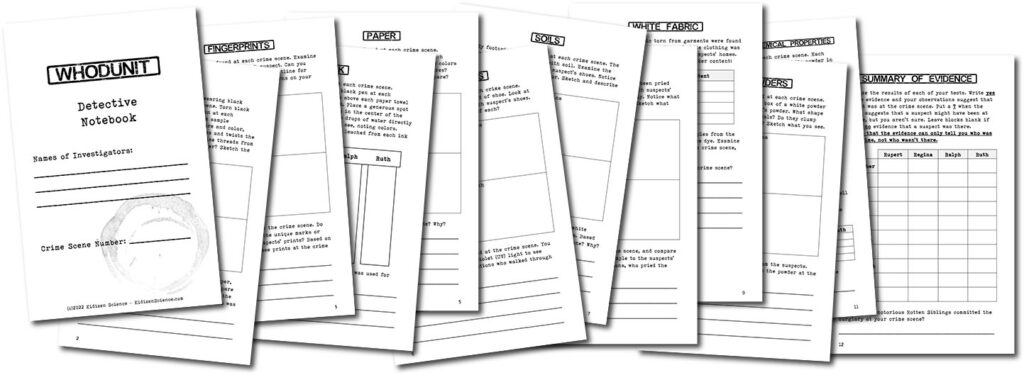
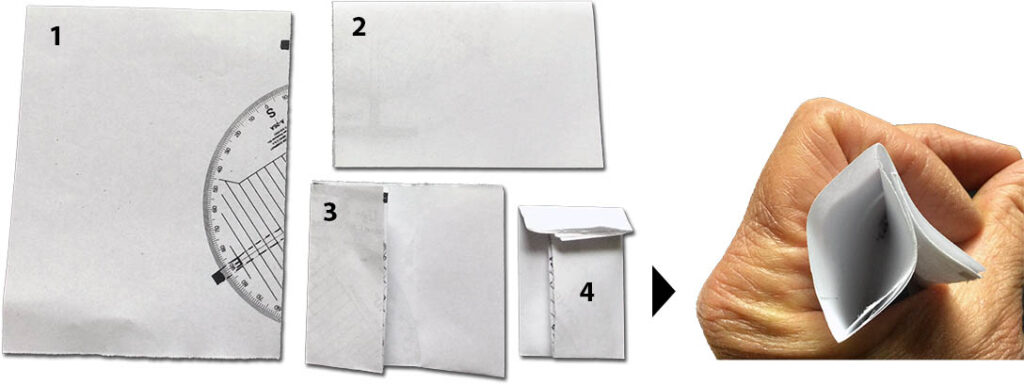
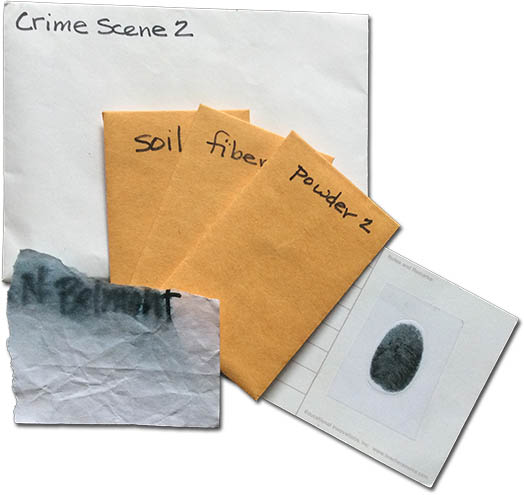
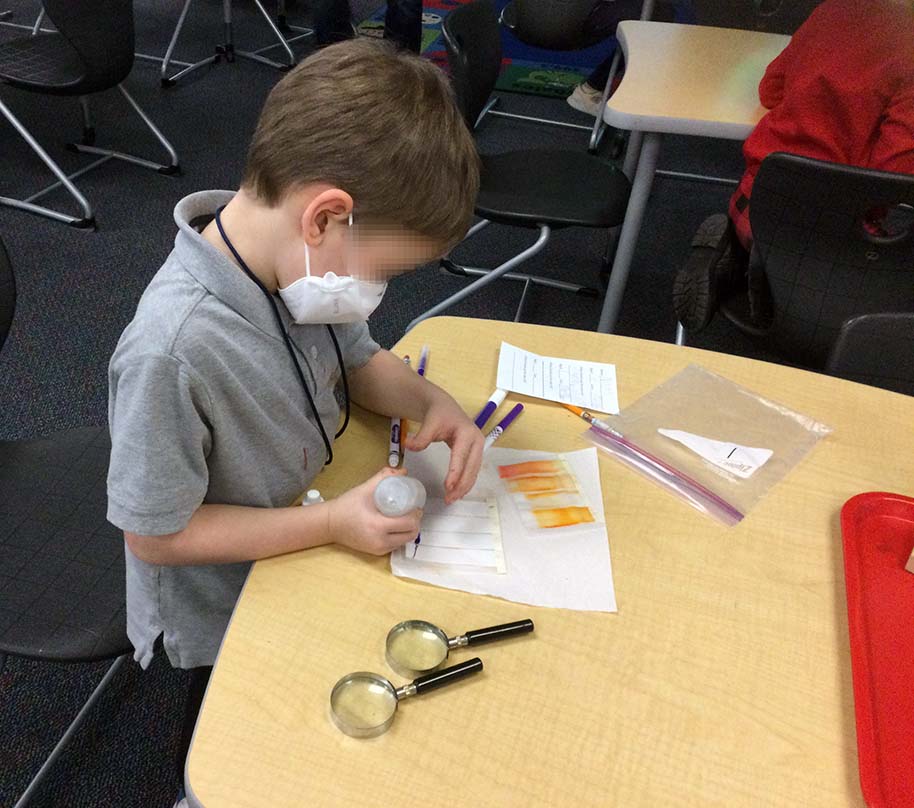
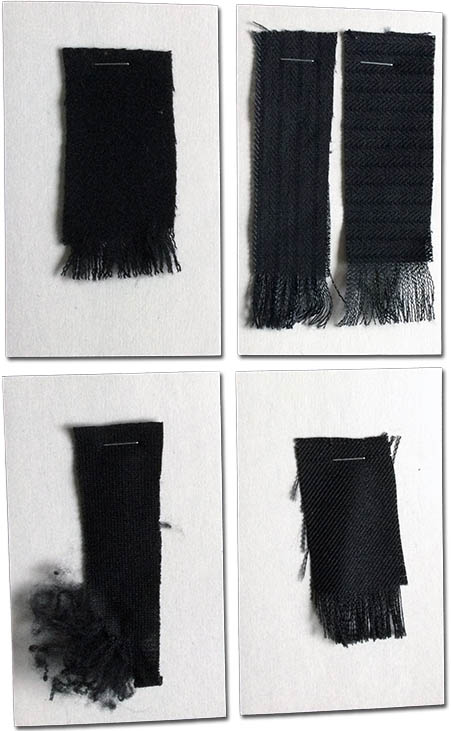
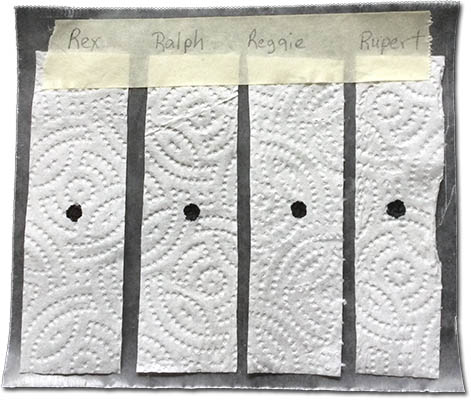
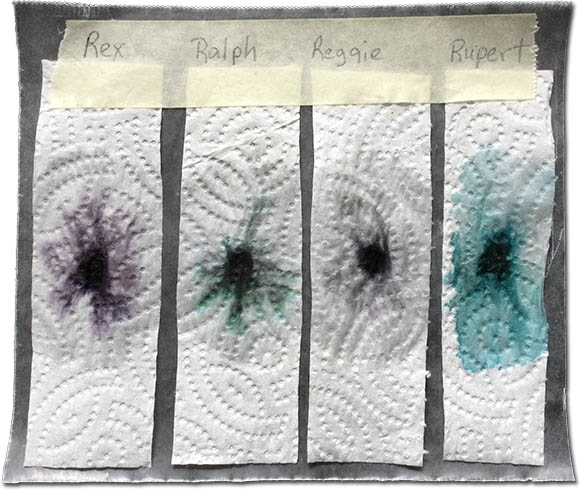
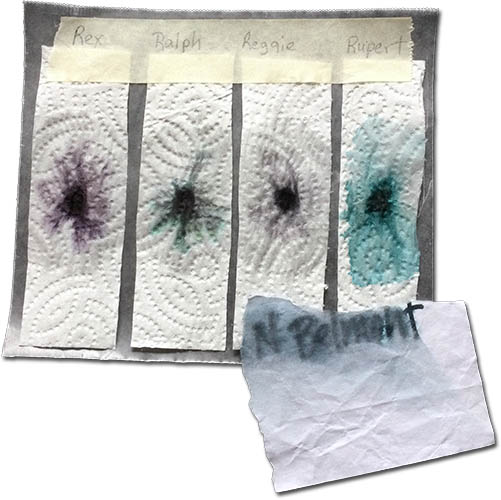
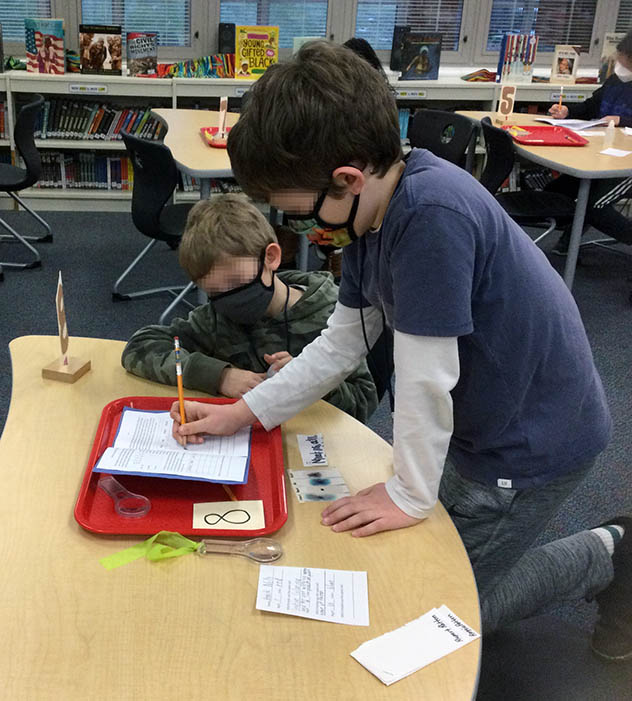
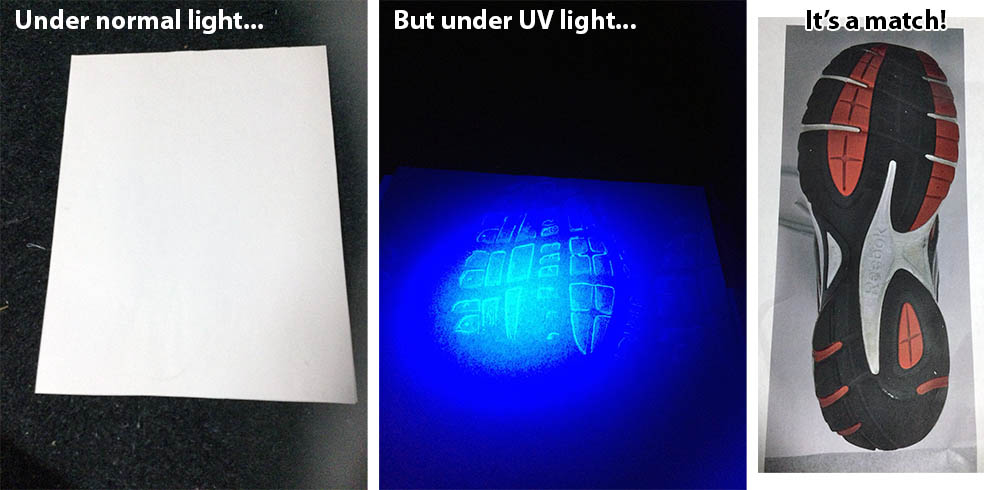
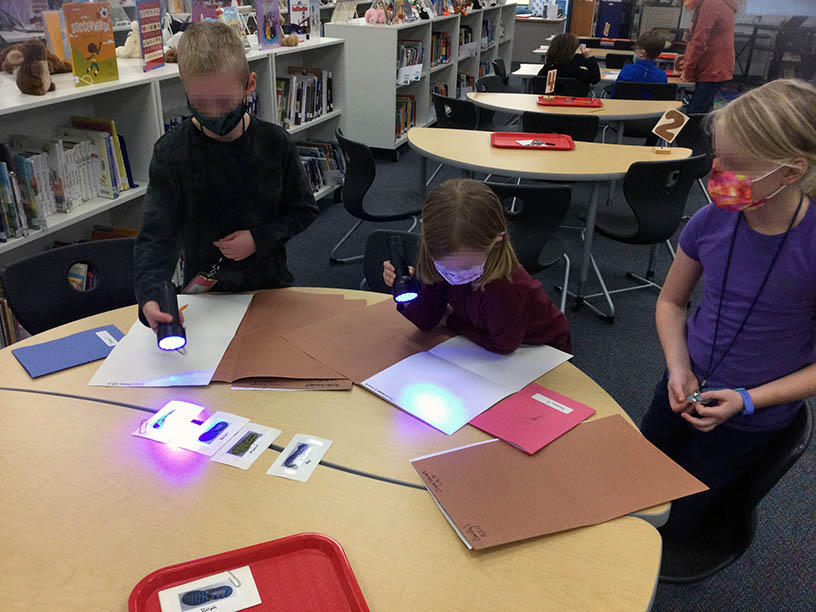
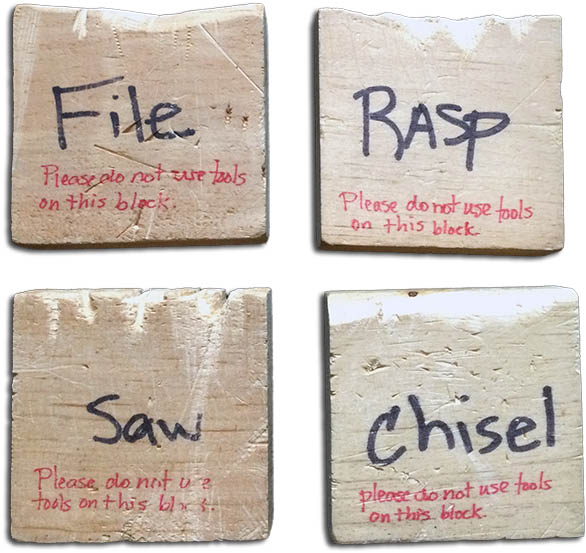
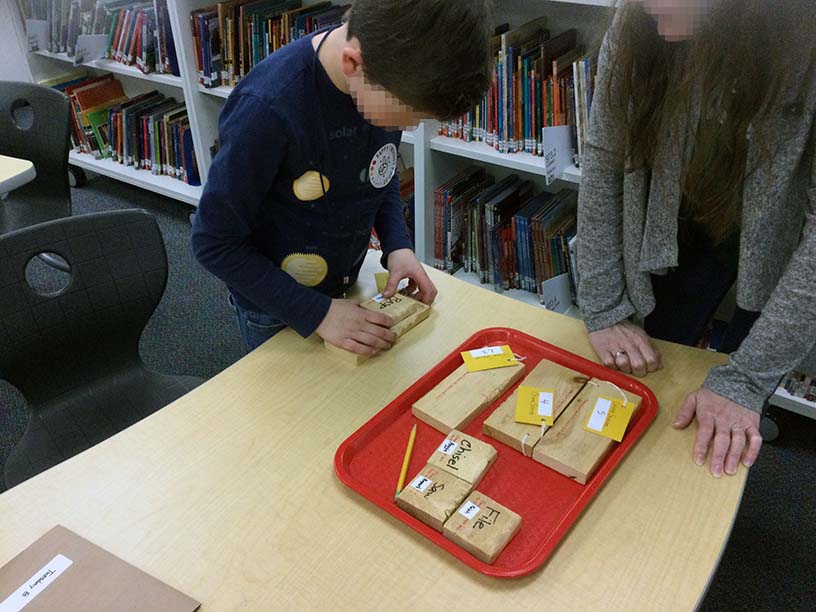
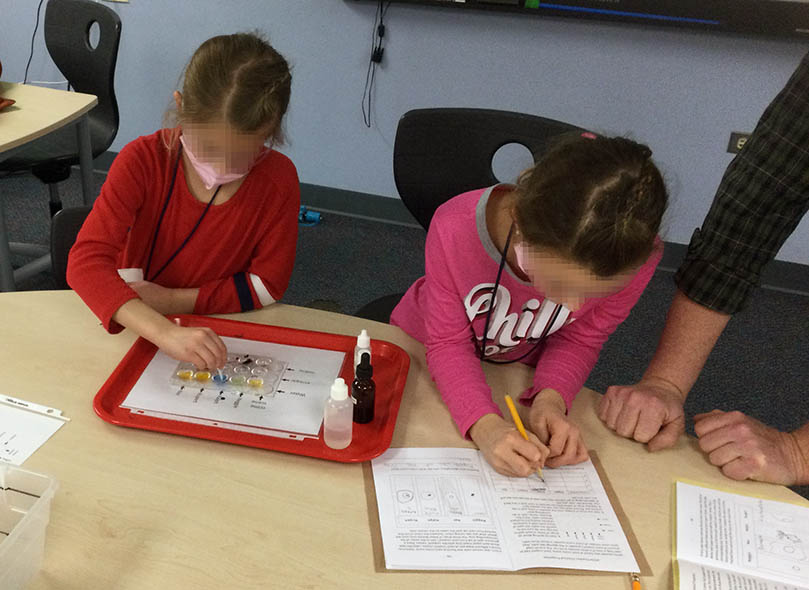
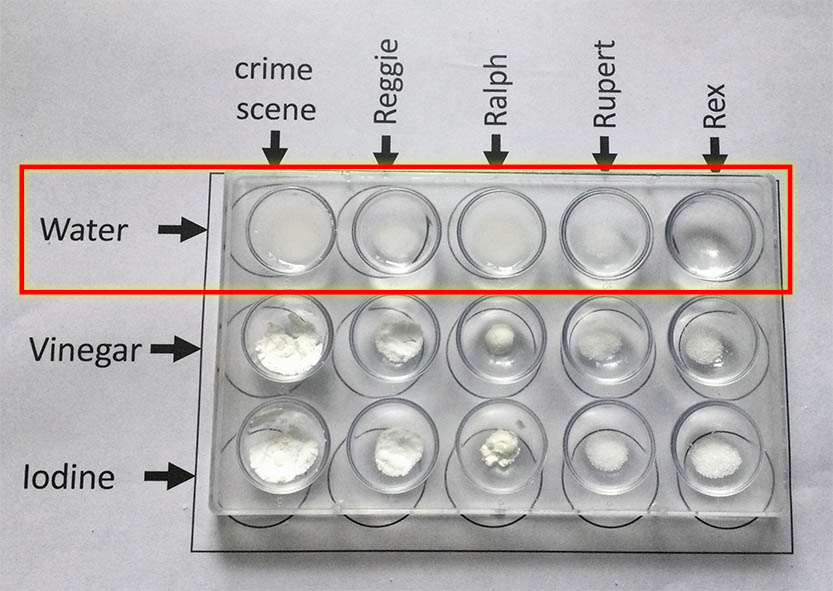
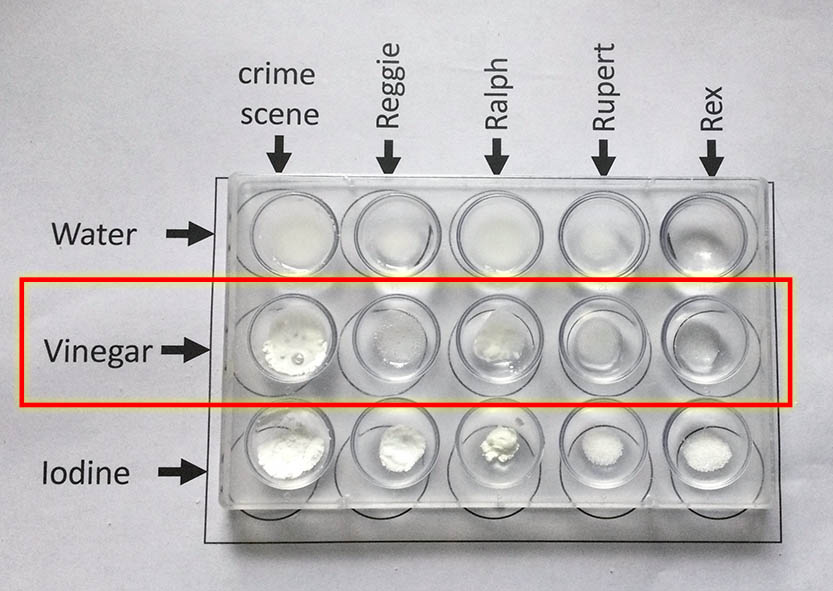
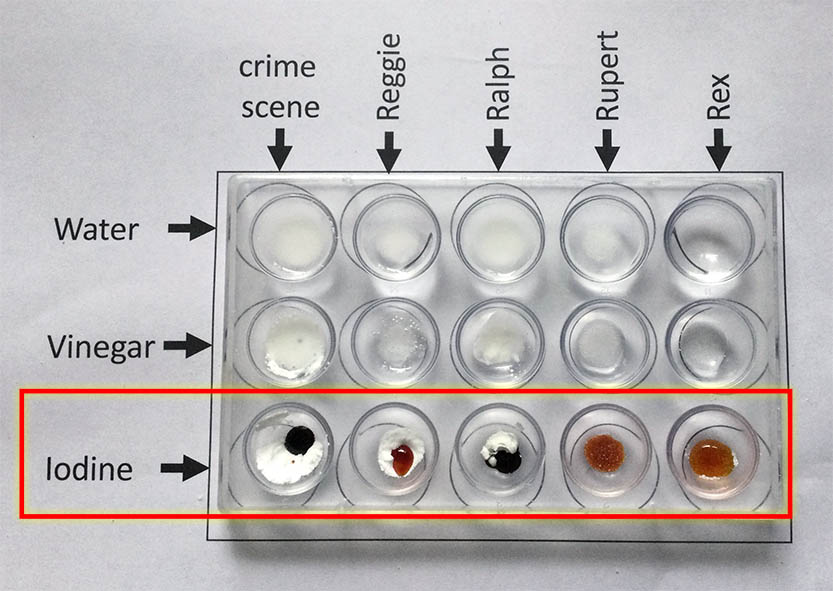
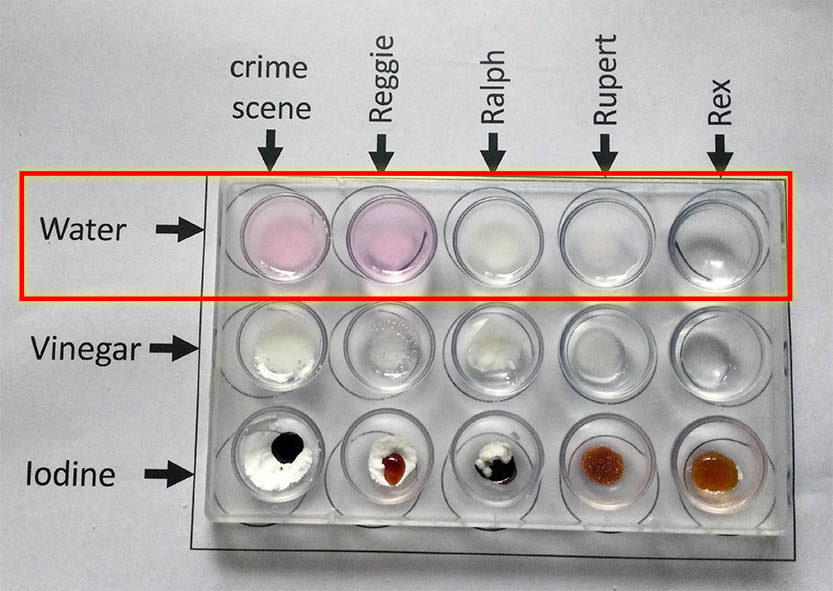
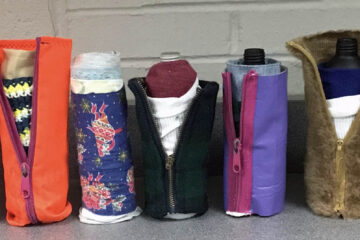
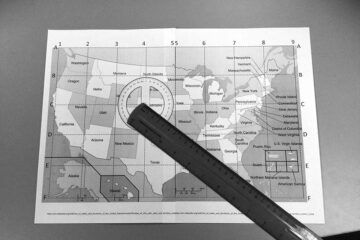

0 Comments